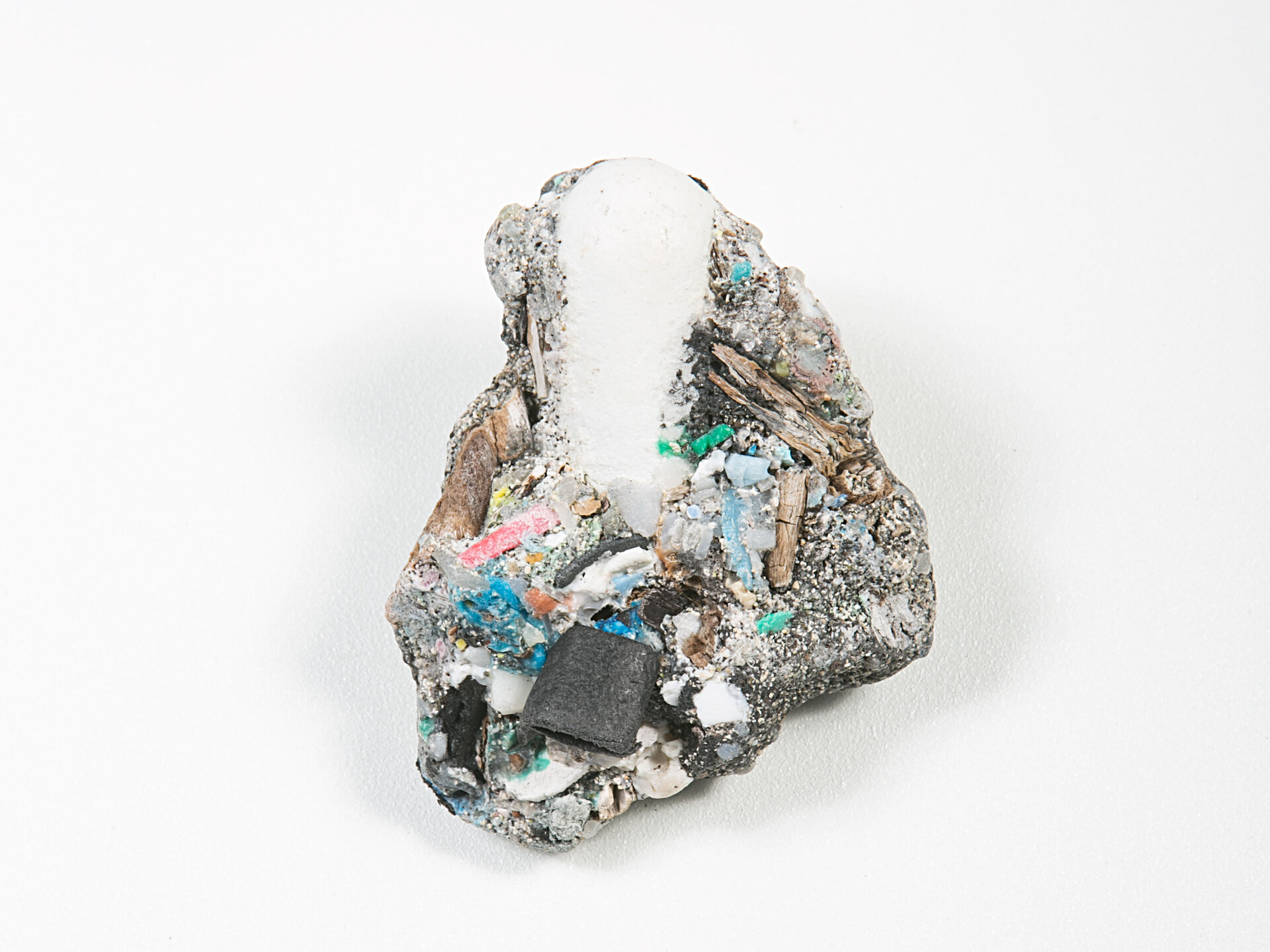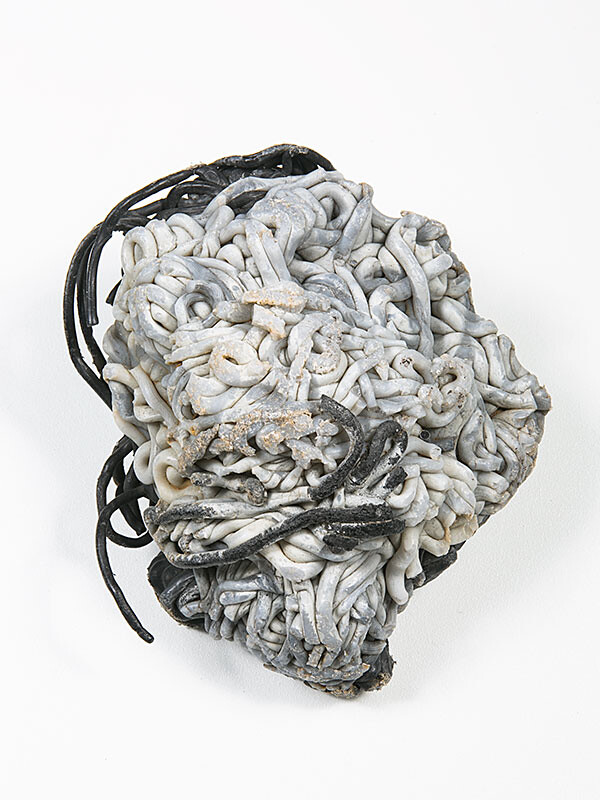G02 Materials
Group 2 - Aviva Same
The notion of materiality is relevant for the discussion of habitats for many forms of life, including humans but also mosses, birds and others.
Materials
- What are materials? (inert, chemically active, living, important and less important, composite and simple, etc.)
- How much is there and where are they distributed? (land, water, air, surfaces, Moon, asteroids, living bodies, etc.) Anthropocene: human-made materials now weigh as much as all living biomass, say scientists (theconversation.com) Statistics. 1
- Where do they come from? (cosmic, geological, biological, industrial processes)
- Who and how uses them?
- How do they matter for living beings and living cultures?
- How do they change with human impact and into the future?
Examples:
- Industrial
- Dirt, soil, living tissue, dead tissue...
Topics and Issues
- Biomaterials
- Materials for devices
- Materials for energy and catalysis
- Materials for optics
- Nanoscale materials
- Soft materials
- Structural materials
Reproducibility
Hüpkes, Philip, and Gabriele Dürbeck. ‘The Technical Non-Reproducibility of the Earth System: Scale, Biosphere 2, and T.C. Boyle’s Terranauts’. The Anthropocene Review, 2021, 20530196211048936. https://doi.org/10/gpqgx7.
Approaches
Material Science
Engineering and Design
Material Ecocriticism
Oppermann, Serpil. ‘The Scale of the Anthropocene: Material Ecocritical Reflections’. Mosaic: An Interdisciplinary Critical Journal 51, no. 3 (2018): 1–17.
Material Practices: The Anthropocene Earth in Formation | MPIWG (mpg.de)
Cycling of Materials
Waster of human industry, recycling, upcycling, etc.
And overview of landfill mining:
Krook, Joakim, Niclas Svensson, and Mats Eklund. ‘Landfill Mining: A Critical Review of Two Decades of Research’. Waste Management 32, no. 3 (2012): 513–20. https://doi.org/10.1016/j.wasman.2011.10.015.
Retention
Technofossils are Future Fossils that Tell the Human Story (quharrison.com)
Zalasiewicz, Jan, Mark Williams, Colin N. Waters, Anthony D. Barnosky, and Peter Haff. “The Technofossil Record of Humans.” The Anthropocene Review 1, no. 1 (2014): 34–43. https://doi.org/10/ggk2bd.
Types and Groups
Stone
Edensor, Tim. Stone: Stories of Urban Materiality. Singapore: Springer, 2020.
Plastic
References
A general introduction into material science:
Callister, William D, and David G Rethwisch. Materials Science and Engineering: An Introduction. 10th ed. 2000. Reprint, Hoboken: Wiley, 2018.
An attempt to link back to design:
Ormondryod, Graham, and Angela Morris, eds. Designing with Natural Materials. Boca Raton: CRC Press, 2018.
On the cumulative significance of human-made materials:
Dijkstra, Joris J., Rob N. J. Comans, Jeroen Schokker, and Michiel J. van der Meulen. ‘The Geological Significance of Novel Anthropogenic Materials: Deposits of Industrial Waste and by-Products’. Anthropocene 28 (2019): 100229. https://doi.org/10/gpqgwd.
Footnotes
Elhacham, Emily, Liad Ben-Uri, Jonathan Grozovski, Yinon M. Bar-On, and Ron Milo. ‘Global Human-Made Mass Exceeds All Living Biomass’. Nature 588, no. 7838 (2020): 442–44. https://doi.org/10/fmzv.˄
This note is about plastic as a material or a substance.
- plasticrusts
- plastiglomerates
The Plasicene
Reed, Christina. “Dawn of the Plasticene Age.” New Scientist 225, no. 3006 (2015): 28–32. https://doi.org/10/gqdrdx.
Future Fossils: Plastic Stone - The New York Times (nytimes.com)


Plastiglomerate - Journal #78 December 2016
Robertson, Kirsty. “Plastiglomerate.” CSPA Quarterly, no. 19 (2017): 38–44.
Davis, Heather M. Plastic Matter. Durham: Duke University Press, 2022.
Mitigation
Fighting Plastic Pollution in the Oceans - Plastic Soup Foundation
See key facts and figures here. Cf. Human Impact
Design/Art Examples
Plastisphere
Post rock project.
The Avery Review | Views From the Plastisphere: A Preface to Post-Rock Architecture
Prototyping Tomorrow: Post Post Rock - YouTube
Plastiglomerate, 2018 | VeronikaGeiger.com
References
Nielsen, Tobias D., Jacob Hasselbalch, Karl Holmberg, and Johannes Stripple. ‘Politics and the Plastic Crisis: A Review Throughout the Plastic Life Cycle’. WIREs Energy and Environment 9, no. 1 (2020): e360. https://doi.org/10.1002/wene.360.
Gabrys, Jennifer, Gay Hawkins, and Mike Michael, eds. Accumulation: The Material Politics of Plastic. Abingdon: Routledge, 2013.
Liboiron, Max. Pollution Is Colonialism. Durham: Duke University Press, 2021.
De Wolff, Kim. ‘Plastic Naturecultures: Multispecies Ethnography and the Dangers of Separating Living from Nonliving Bodies’. Body & Society 23, no. 3 (2017): 23–47. https://doi.org/10/gbxscg.
Ghosh, Koushik, and Brad H. Jones. ‘Roadmap to Biodegradable Plastics—Current State and Research Needs’. ACS Sustainable Chemistry & Engineering 9, no. 18 (202AD): 6170–87. https://doi.org/10/gncz5m.
Schofield, John, Kayleigh J. Wyles, Sean Doherty, Andy Donnelly, Jen Jones, and Adam Porter. ‘Object Narratives as a Methodology for Mitigating Marine Plastic Pollution: Multidisciplinary Investigations in Galápagos’. Antiquity 94, no. 373 (2020): 228–44. https://doi.org/10/ggmkfb.
For an artistic take, this is suggestive: